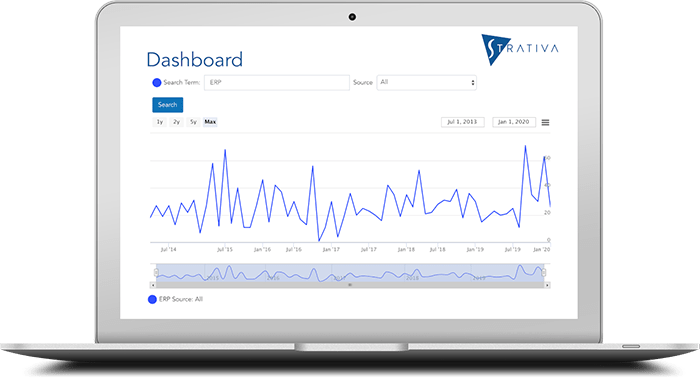
Like the Oklahoma land rush of 1889, cloud vendors today are rushing into new territory to stake their claims. NetSuite and Plex were two early settlers. Today NetSuite has more acreage (number of customers), while Plex has fewer acres but more development of those acres (functionality)—at least in manufacturing. Cloud-only providers such as Rootstock, Kenandy, AscentERP, Acumatica, Intacct, and SAP (ByDesign) are also in the race. Traditional providers such as Microsoft Dynamics, Infor, Epicor, Oracle, UNIT4, and QAD have also entered the land rush, although they are moving more slowly, as they need to pull wagons full of their traditional on-premises software along with them.
In the larger suite of enterprise applications, such as CRM and HCM, the land rush is further along. Salesforce for CRM and Workday for HCM have already staked out large claims and are rapidly developing them. But Microsoft with Dynamics CRM, SAP with SuccessFactors, and Oracle with its Fusion HCM are also adding to their acreage. Core ERP functionality, on the other hand, is earlier in the land rush. There is still much open territory with a lot of unclaimed land.
Another Provider Staking Its Claim
One provider that has joined the land rush is FinancialForce.com, which recently announced new branding to signal its claim in cloud ERP.
The company is now referring to its suite of enterprise applications as FinancialForce ERP. The new branding is necessary because FinancialForce has ceased to be a provider only of financial management systems.
FinancialForce previously added professional services automation to its portfolio and late last year acquired Less Software, which provides inventory management and order management. Vana Workforce is another acquisition from last year, which adds human capital management (HCM) functionality. FinancialForce also added its own functionality in areas outside of financials, such as advanced quoting and revenue recognition. With this broader footprint, FinancialForce now qualifies as a cloud ERP provider.
Building on the Salesforce.com platform, FinancialForce has direct integration to the Salesforce cloud applications as well as to all of the other providers in Salesforce’s AppExchange marketplace. The recent evolution of this platform to Salesforce1 gives FinancialForce additional capabilities for building out its mobile deployment options.
How many acres will FinancialForce claim? The signs are hopeful. The company is reporting strong results: 80% growth in its revenue run rate, and 62% growth in headcount year-over-year, bringing it to over 260 employees globally. FinancialForce now has customers in 27 countries with users in 45 nations worldwide. By all accounts, the company is on a strong growth trajectory.
Plenty of Land for Everyone
The economic and strategic benefits of cloud computing accrue to end-user organizations that completely or at least largely eliminate their on-premises IT infrastructure. Analysis by our sister IT research firm, Computer Economics, shows that cloud user companies save more than 15% in terms of their total IT spending, and the money that they do spend goes more toward innovation and less towards on-going support. But it is difficult to move away from on-premises infrastructure if an organization’s core ERP system is still on-premises. Therefore, the move to cloud ERP is essential if organizations are to fully realize the benefits of cloud computing. You can move your CRM and HCM systems to the cloud–but if you are still running on-premises ERP, you still have one large foot stuck in the old paradigm.
Just as there were dozens of on-premises ERP vendors in the 1990s, especially when sliced by industry sector, there is plenty of room for many more cloud ERP providers. There does not need to be one clear winner in cloud ERP. There is plenty of land for everyone.

